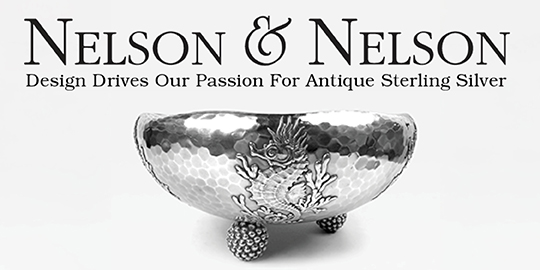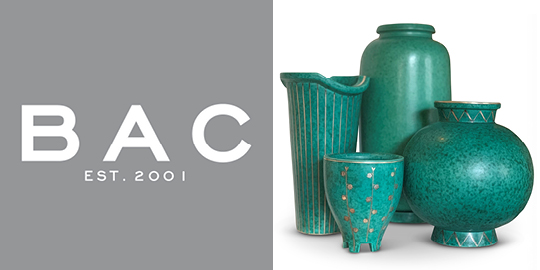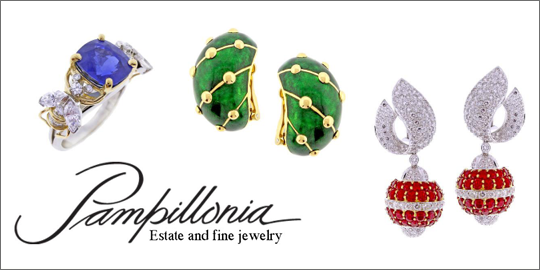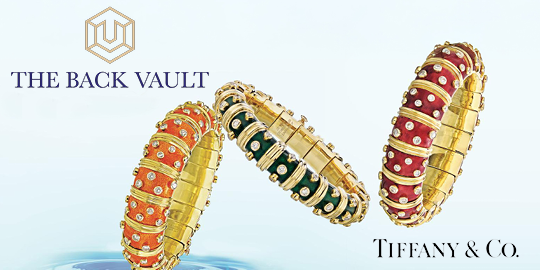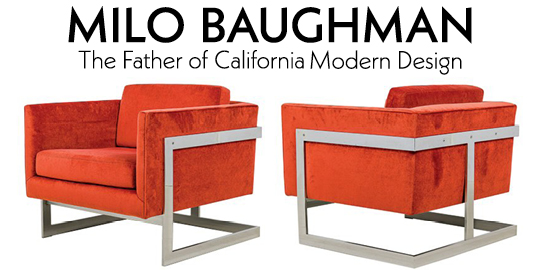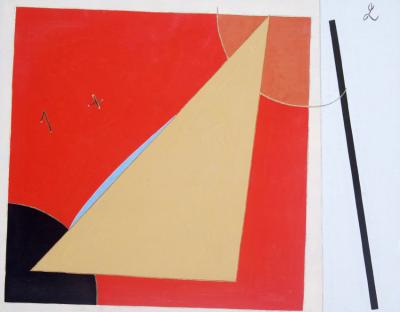- FINE ART
-
FURNITURE + LIGHTING
Shop By Category
Shop By Artist
- NEW + CUSTOM
- DECORATIVE ARTS
-
JEWELRY
Shop By Category
Shop By Artist
- INTERIORS
- MAGAZINE
Listing
Period
Size
- Clear All
Eduard Steinberg
Russian, 1937 - 2012
Eduard Arkadyevich “Edik” Steinberg (1937–2012) was a Russian-born painter, philosopher, and activist, whose metaphysical abstraction became a leading voice in the Soviet nonconformist art movement. Born in Moscow into the family of poet-translator Arkady Steinberg, his early life was marked by political repression following his father's arrest during Stalin’s purges. From the late 1950s, Steinberg lived and worked in Tarusa, experimenting with landscapes, still lifes, and eventually evolving toward minimalist “metaphysical” compositions influenced by Suprematism.
His signature style—sparse geometric forms rendered in soft, meditative tones, often evoking abstract symbols in contemplative space—was deeply informed by Kazimir Malevich and born of spiritual inquiry. Over decades, he painted in oils, gouache, and collages, often working in white-on-white or subdued palettes to evoke poetic resonance.
Steinberg was active in Moscow’s underground and dissident art circles during the 1960s and ’70s, rejecting Socialist Realism and advocating for artistic freedom. In the 1980s he moved to Paris while maintaining connections to Moscow and Tarusa. His work has been exhibited internationally in galleries across Europe, including Berlin, Bordeaux, and Paris, as well as museums like the Solomon R. Guggenheim in New York and numerous German institutions. Posthumously, his estate—including dozens of paintings and collages—was donated to public museum collections in Wiesbaden and elsewhere.
Steinberg’s legacy is one of transcendent abstraction: his paintings bridge Russian avant-garde traditions with spiritual symbolism, offering visual poetry that continues to resonate in contemporary global art discourse.
His signature style—sparse geometric forms rendered in soft, meditative tones, often evoking abstract symbols in contemplative space—was deeply informed by Kazimir Malevich and born of spiritual inquiry. Over decades, he painted in oils, gouache, and collages, often working in white-on-white or subdued palettes to evoke poetic resonance.
Steinberg was active in Moscow’s underground and dissident art circles during the 1960s and ’70s, rejecting Socialist Realism and advocating for artistic freedom. In the 1980s he moved to Paris while maintaining connections to Moscow and Tarusa. His work has been exhibited internationally in galleries across Europe, including Berlin, Bordeaux, and Paris, as well as museums like the Solomon R. Guggenheim in New York and numerous German institutions. Posthumously, his estate—including dozens of paintings and collages—was donated to public museum collections in Wiesbaden and elsewhere.
Steinberg’s legacy is one of transcendent abstraction: his paintings bridge Russian avant-garde traditions with spiritual symbolism, offering visual poetry that continues to resonate in contemporary global art discourse.
